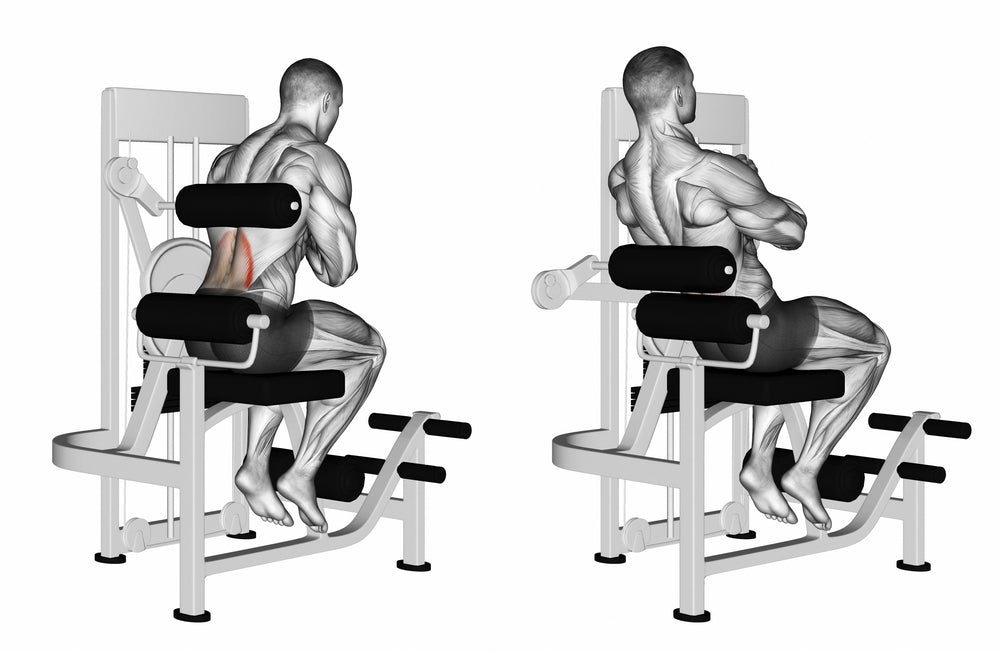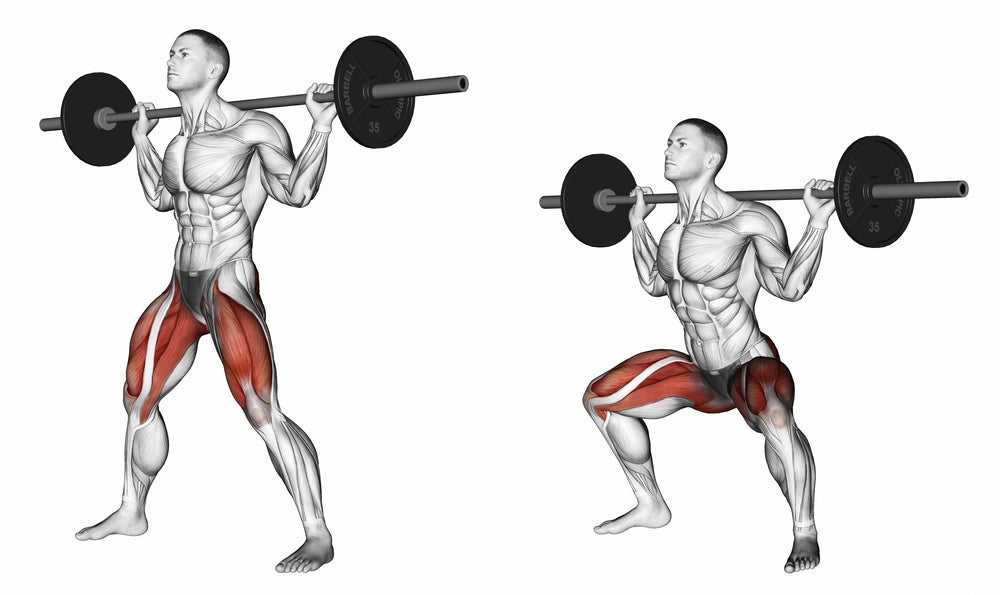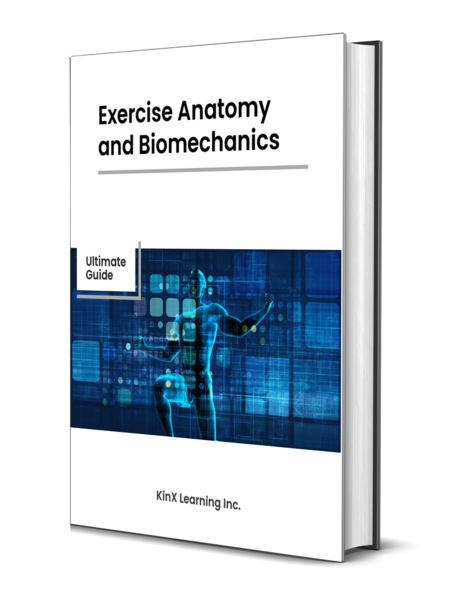Exercise Anatomy
BACK EXTENSION ON A BACK EXTENSION MACHINE
Back Extension on a Back Extension Machine is a valuable exercise for targeting the muscles of the lower back, glutes, and hamstrings. This machine provides a unique and controlled way to strengthen the posterior chain, promoting better posture and reducing the risk of lower back discomfort. By isolating and engaging these key muscle groups, this exercise enhances core stability and contributes to overall spinal health. Incorporating Back Extensions on a Back Extension Machine into your routine can lead to improved lower back strength and flexibility, making daily movements more comfortable and efficient.

Major Muscles and Actions Involved
During the Back Extension on a Back Extension Machine, the primary joint action is hip extension, where the hip joint moves from a flexed to an extended position. This movement engages the muscles of the lower back, specifically the erector spinae, as well as the glutes (gluteus maximus) and hamstrings. The machine provides a stable platform for isolating and targeting these muscle groups, promoting improved strength and endurance in the posterior chain.

Sports Uses
The Back Extension on a Back Extension Machine is particularly beneficial for athletes engaged in various sports requiring strong lower back support, hip extension, and overall core stability. Athletes involved in powerlifting and weightlifting can find value in this exercise to enhance the strength and stability of the lower back, crucial for executing lifts like deadlifts and squats with optimal form. Moreover, individuals participating in track and field events, such as javelin throwing or sprinting, can benefit from improved hip extension and posterior chain strength generated by this exercise, contributing to explosive movements. Additionally, sports like gymnastics and diving, where maintaining a straight and strong body position is essential, can leverage the Back Extension on a Back Extension Machine for enhanced core stability. Integrating this exercise into training regimens can offer athletes a targeted approach to fortify the key muscle groups vital for optimal performance in their respective sports.
Exercise Tips
- Proper Technique is Key: Ensure a neutral spine throughout the movement, avoiding excessive arching or rounding. Maintain control and focus on engaging the targeted muscles.
- Full Range of Motion: Execute a complete range of motion by lowering your torso until it is parallel to the ground and then lifting it back up. This maximizes the engagement of the lower back, glutes, and hamstrings.
- Gradual Increase in Weight: Begin with a light to moderate weight, emphasizing form. Gradually increase the resistance as your strength improves, but always prioritize control over heavier weights.
- Mindful Grip Placement: Place your hands comfortably on the designated pads or handles. Ensure a secure grip without unnecessary tension to allow for a smooth and controlled movement.
- Variations for Targeted Muscles: Explore different variations, such as adjusting the angle of the machine or incorporating pauses at the top of the movement, to alter the emphasis on specific muscle groups. This adds diversity to your workout routine.
- Engage Lower Back, Glutes, and Hamstrings: Focus on contracting the muscles of the lower back, glutes, and hamstrings as you lift your torso, ensuring maximum activation and benefit from the exercise.
- Controlled Breathing: Inhale as you lower your torso and exhale as you raise it. Maintain a controlled breathing pattern to support stability and muscle engagement throughout the exercise.

Want to Learn More?
Try our premium ebook, Exercise Anatomy and Biomechanics: Ultimate Guide.
Satisfaction guaranteed.
